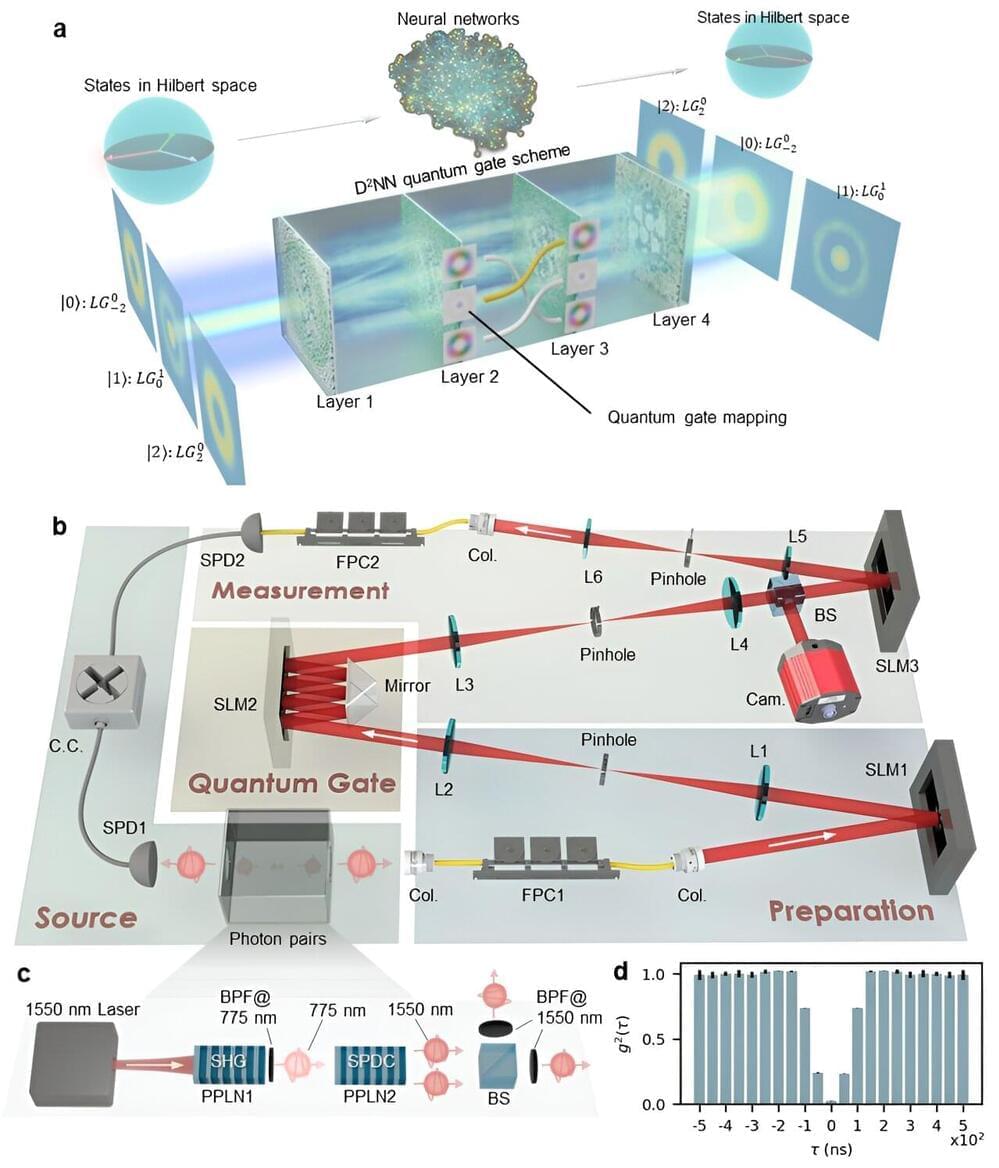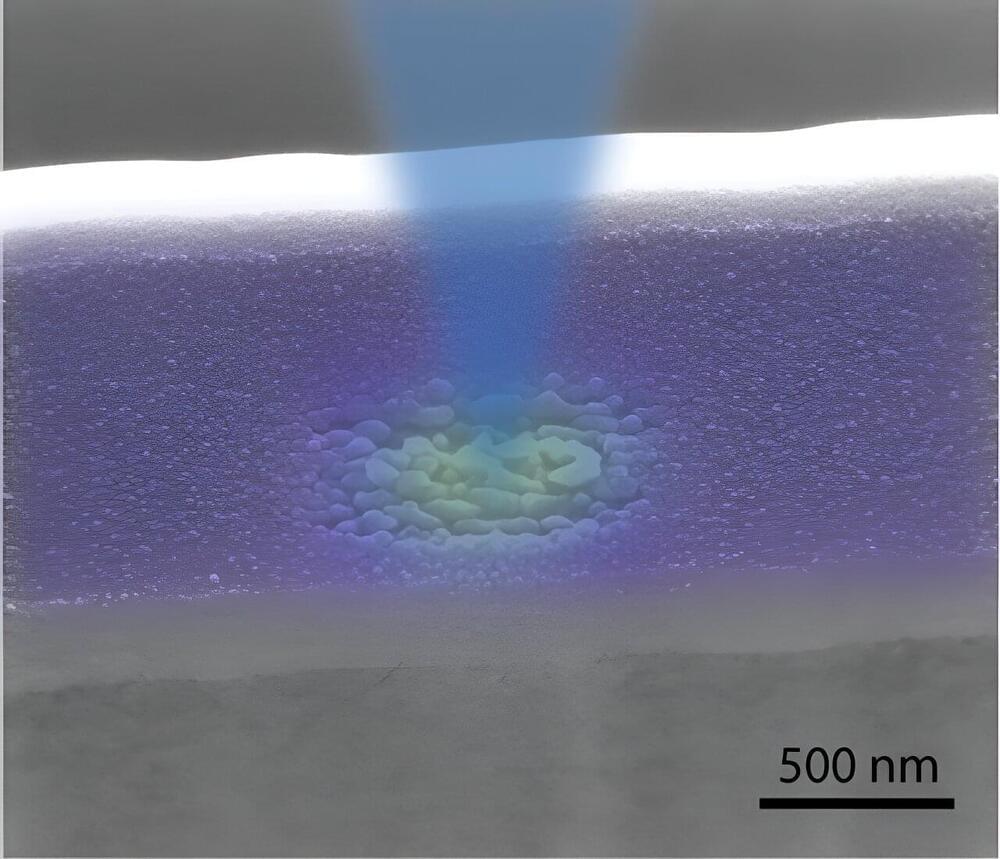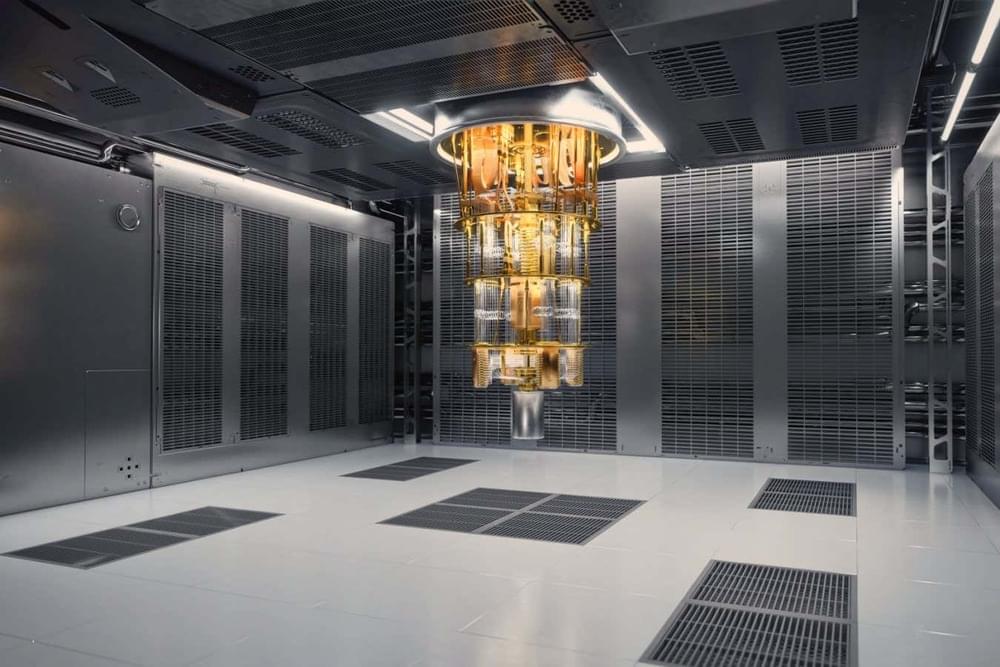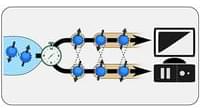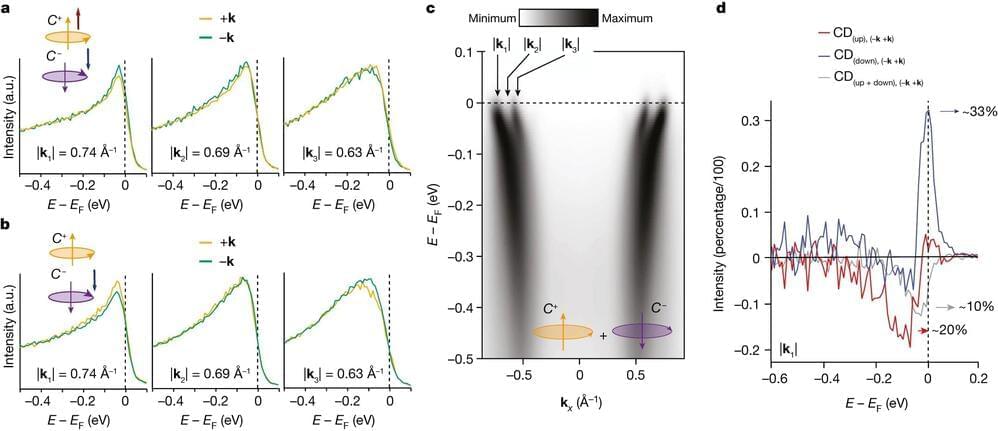Matching quantum computing with Tensor networks, and varying then to get the data you need. It’s a good read, about 4 minutes and goes into more detail. Apparently there’s no errors like there is in quantum computing with some adjustments.
Quantum computing has long been celebrated for its potential to surpass traditional computing in terms of speed and memory efficiency. This innovative technology promises to revolutionize our ability to predict physical phenomena that were once deemed impossible to forecast.
The essence of quantum computing lies in its use of quantum bits, or qubits, which, unlike the binary digits of classical computers, can represent values anywhere between 0 and 1.
This fundamental difference allows quantum computers to process and store information in a way that could vastly outpace their classical counterparts under certain conditions.


